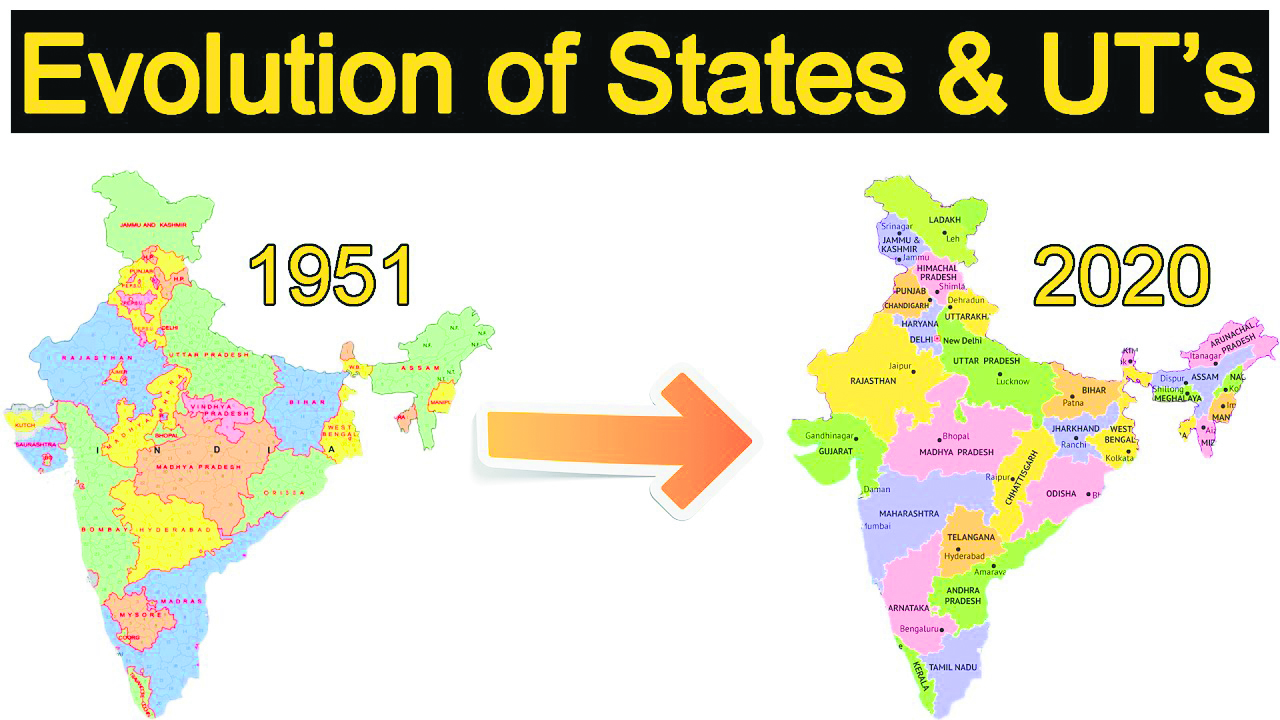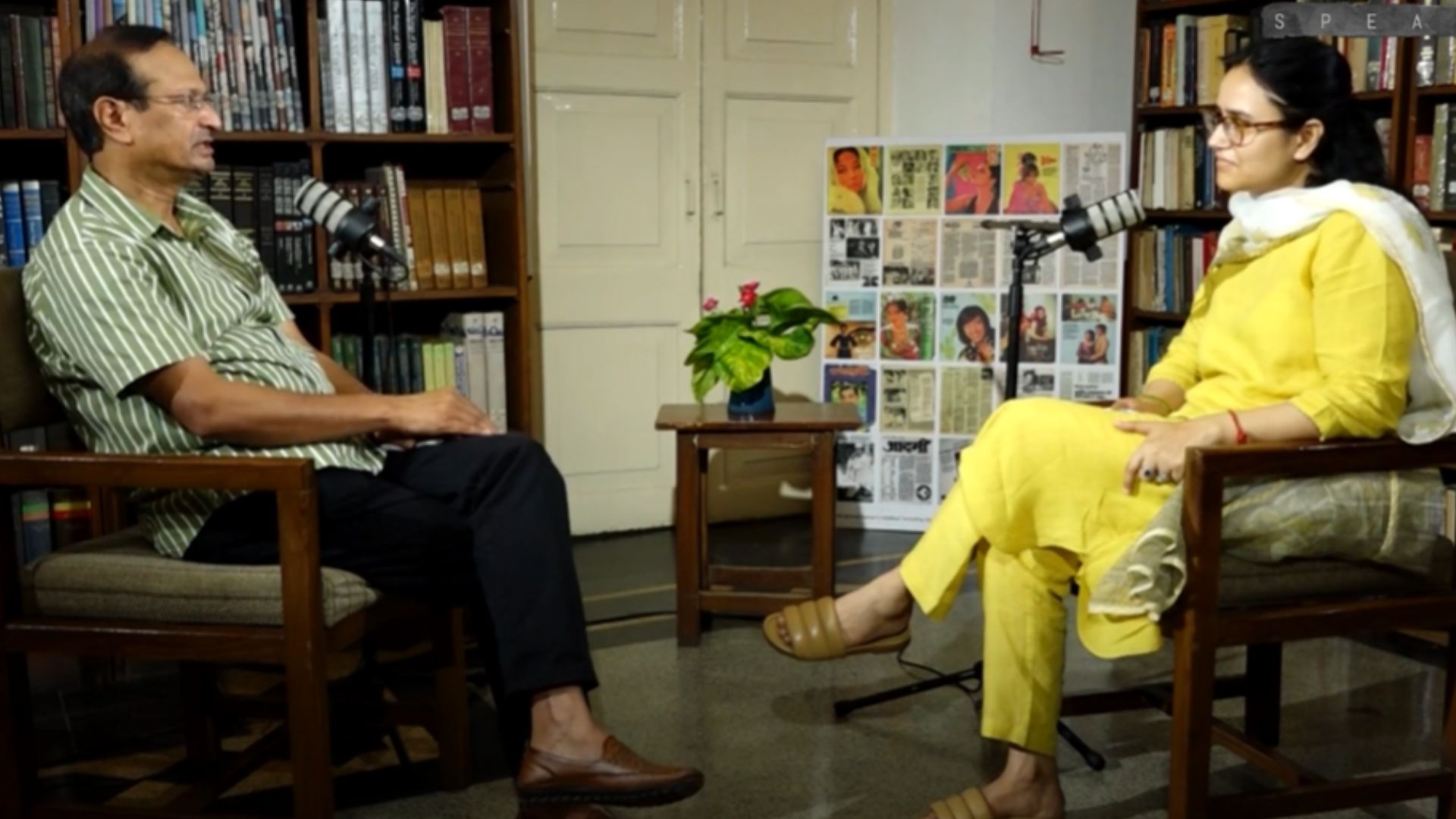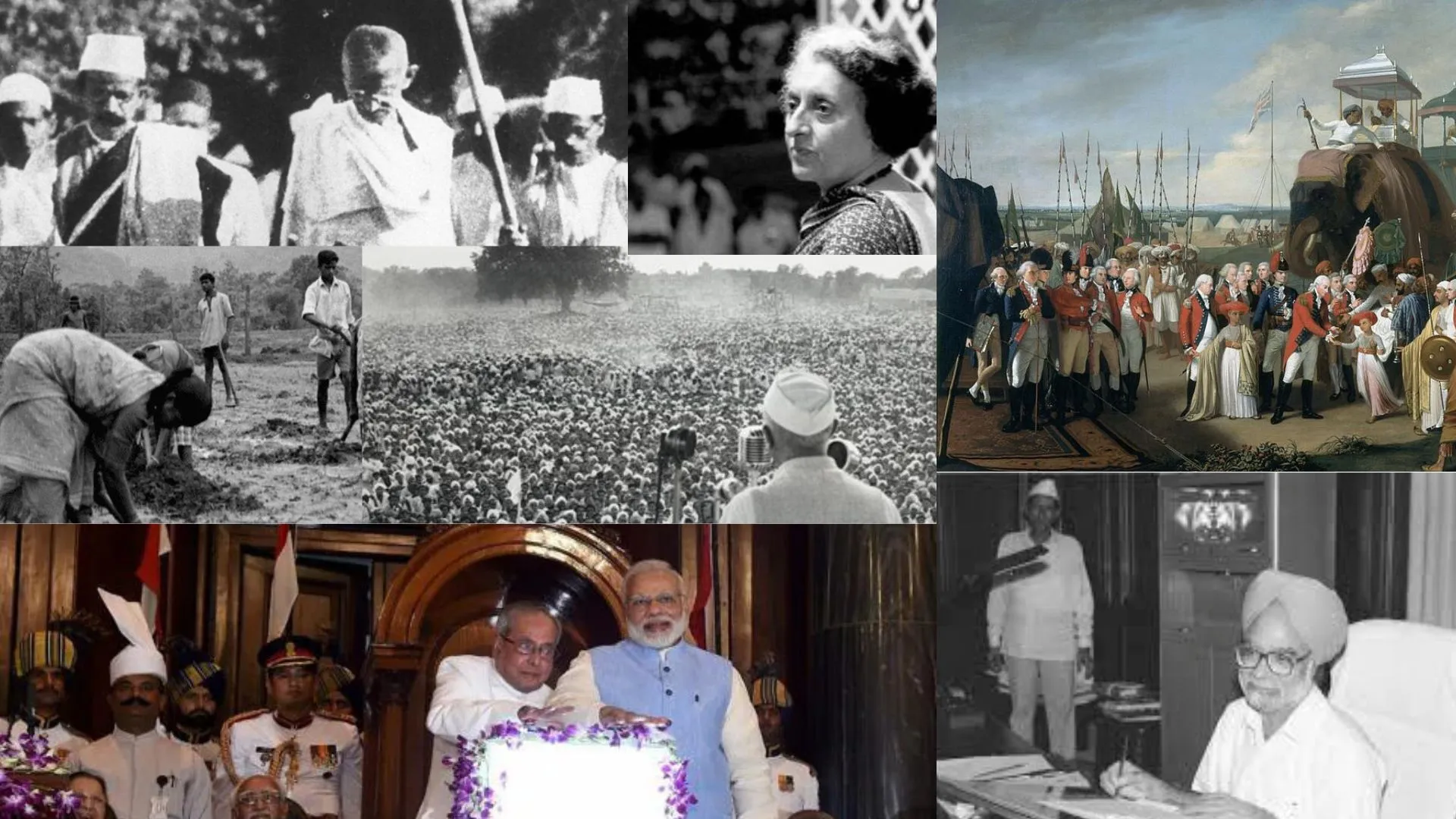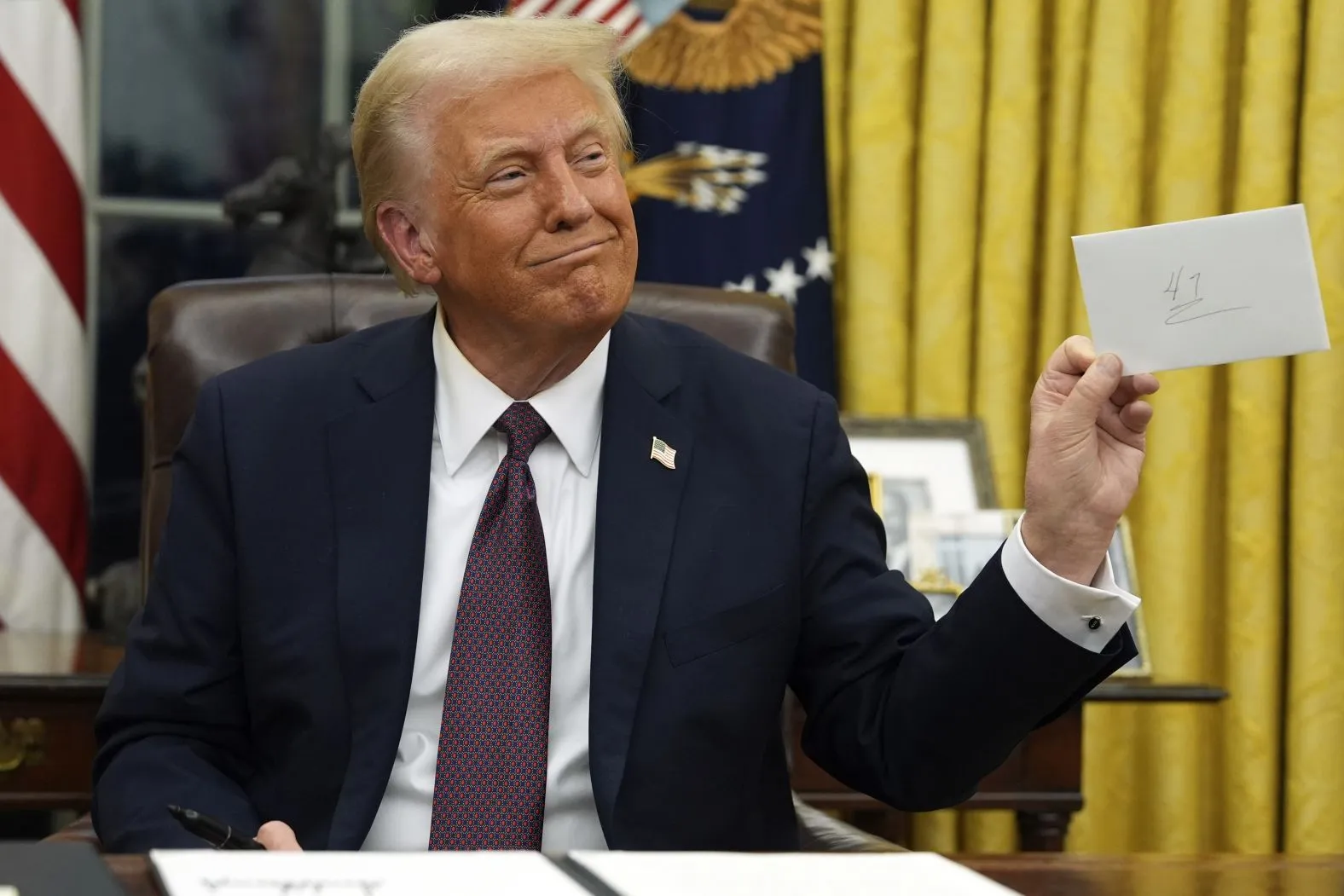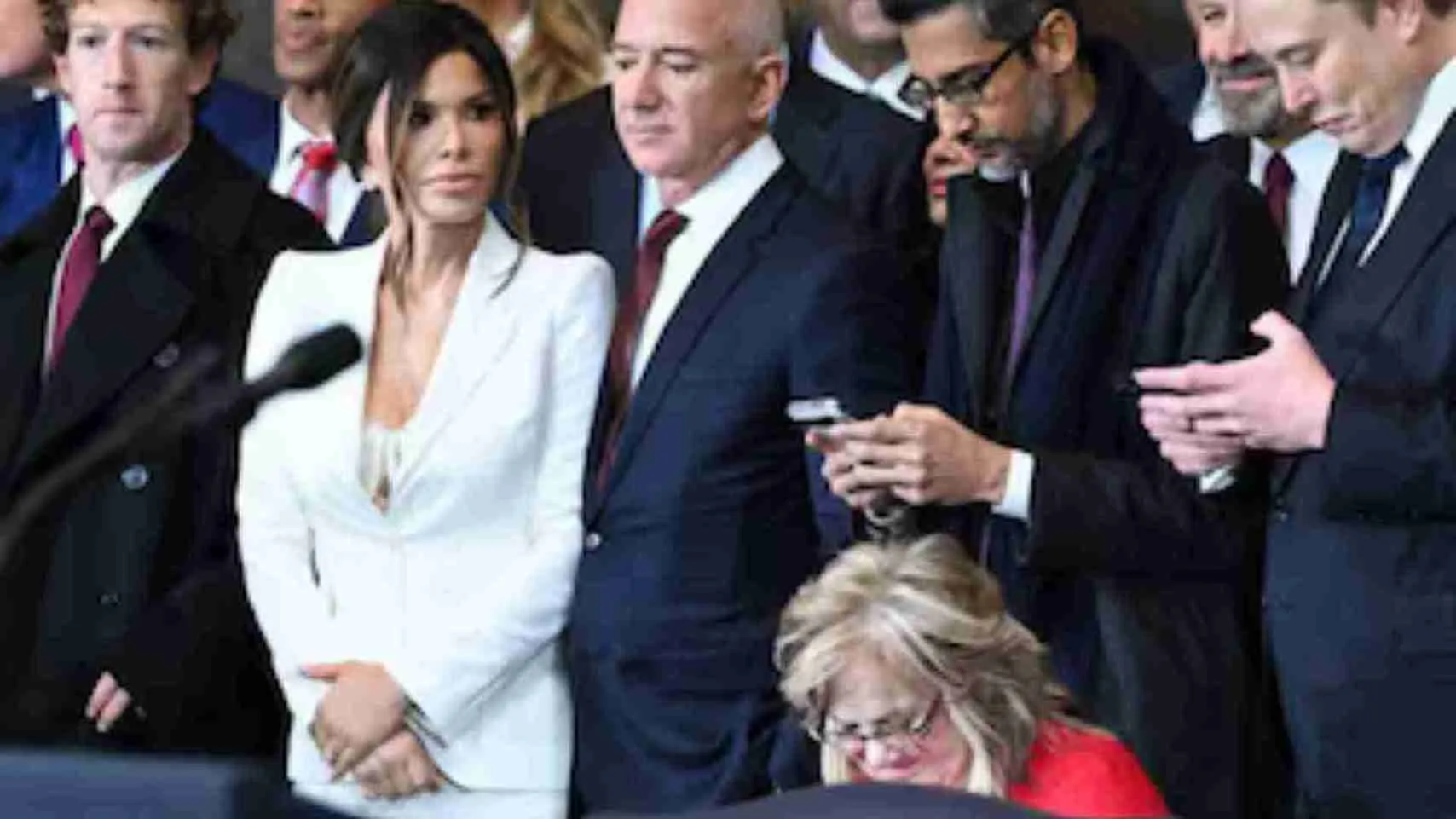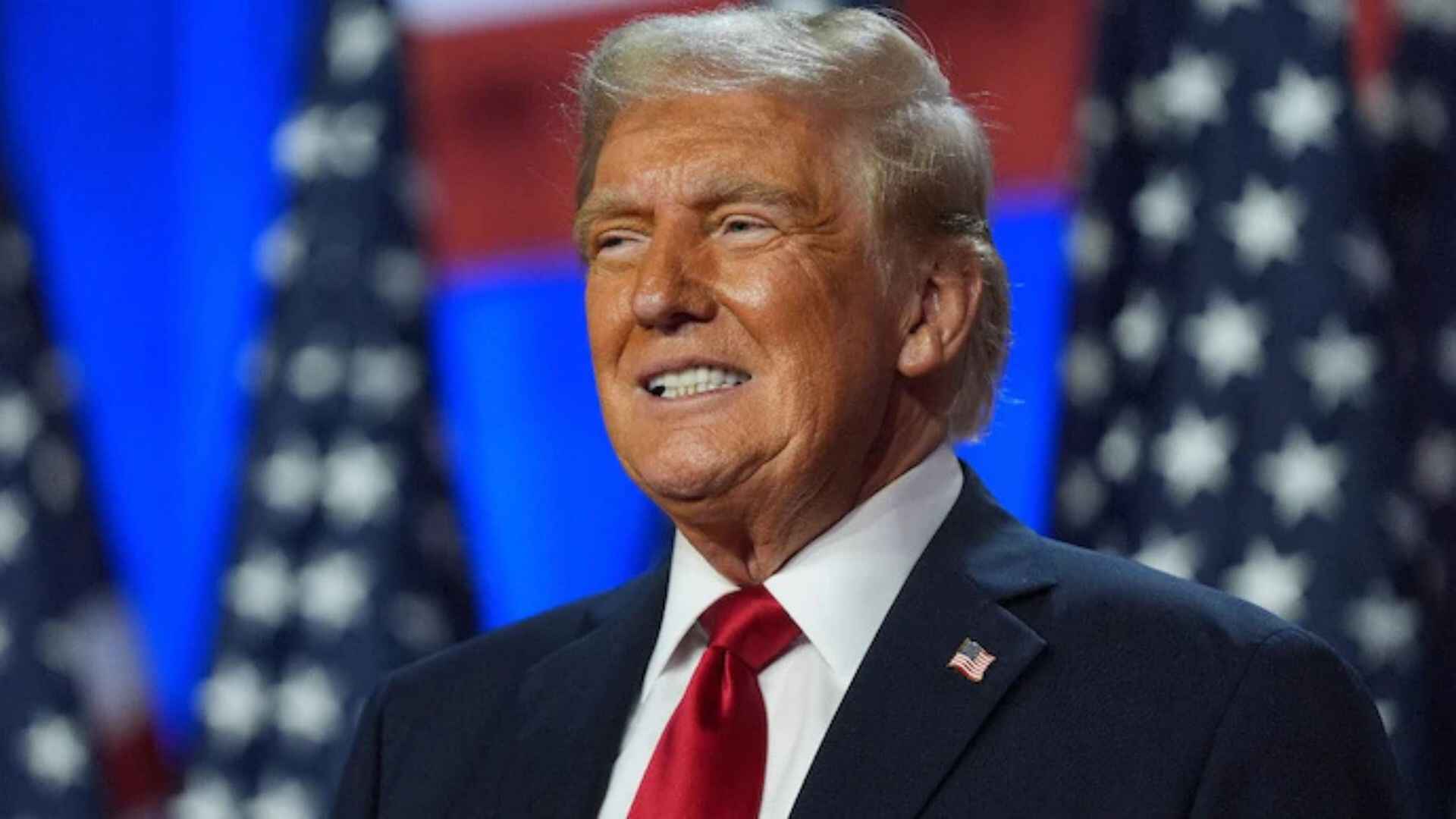The reorganization of states in 1956 aimed at linguistic homogeneity, fostering a sense of identity.
Evolution of Indian States in India
Currently, India has 28 States 8 Union territories but before independence August 15, 1947, India was divided into 565 princely states. These indigenous princely states believed in independent governance, which was the biggest obstacle in building a strong India.
At this time India had three types of states:
1. Territories of British India
2. Princely states
3. The colonial territories of France and Portugal
After the Indian independence; 562 princely states had nodded to join the Indian Confederation except Hyderabad, Junagadh, Bhopal and Kashmir.
Since the Indian independence the boundaries of the Indian states keep on changing year by year. From 565 princely states and 17 provinces before partition, to 14 states and 6 Union Territories following the Reorganisation of States in 1956 to 29 states and 7 union territories in 2014, now after the bifurcation of Jammu & Kashmir to 28 states and 9 Union Territories after it.
The historical events and conditions gave rise to the Indian states. More reasonable governmental change has been an increasing necessity since independence.
Grounds of formation of Indian States
Indian States were created considering regional languages and financial, economic, and administrative management. India had 27 states in 1951. The initial integration of princely states with the rest of India was purely an ad-hoc arrangement. There were growing demands from different regions, particularly South India, for the reorganisation of states on a linguistic basis.
Various commissions were established by the Government to look into the demands of the re-organisation of states.
State Reorganisation Commissions
There are some important commissions constituted for the Reorganisation of the State such as the Dhar Commission, JVP Committee and Fazal Ali Commission.
Dhar Commission (June 1948) This commission was constituted in June 1948 to assess the feasibility of the linguistic organisation of states. The Commission recommended the reorganization of States on the basis of the following criteria:
=Geographical contiguity
=Financial self-reliance
=Administrative viability
=Potential for development
=Dhar Commission- Significance
1. The Dhar Commission: In its report, came out strongly against the formation of provinces exclusively or even mainly along linguistic considerations. It emphasized that the country faced larger, more pressing national challenges. The Dhar Commission was echoing the strong opinions of every single key figure in the Constituent Assembly. The recommendations of the Dhar Commission created much resentment.
2. JVP Committee (December 1948)
Another committee was set up consisting of Jawahar Lal Nehru, Vallahbhai Patel and Pattabhi Sitaramayya. The committee was named after the first letters of their first names i.e., it was known as the JVP committee. This committee was set up in December 1948 and submitted its report in April 1949. It formally rejected language as the basis for the reorganisation of states.
The committee rejected the linguistic factor of reorganization of the states. It reaffirmed the Dhar Commission’s position in its report in 1949. It recommended the reorganization of States on the basis of security, unity and economic prosperity of the nation. The Committee also recommended that the creation of new provinces be delayed for a few years so that they could focus on other important issues and not be distracted by this one.
Potti Sreeramulu, a prominent Telugu leader was demanding Andhra State be carved out of Madras state. To get his demands met, he went on a hunger strike. However, he died in December 1952 (15 December). To calm the massive uproar of the people, the first reorganization of the state on a linguistic basis was Andhra state was created by separating Telugu-speaking areas from Madras state.
3. State Reorganisation Commission (Fazal Ali Commission)
The Creation of Andhra Pradesh intensified the demand for the creation of states on a linguistic basis in other regions as well. The Government was forced to re-examine the whole question. Thus, a new commission, known as the State Reorganisation (Fazal Ali Commission), was set up.
The Fazal Ali commission was a three-member State Reorganisation Commission that was set up in December 1953. Its other two members were K.M. Panikkar and H.N. Kunzru. The commission submitted its report in September 1955.
It broadly accepted the idea of reorganizing states on the basis of linguistic similarities but rejected the idea of one state, one language.
It acknowledges 4 major factors for the reorganization of states:
1. First, Linguistic and Cultural similarities;
2. Second, strengthen and preserve the unity and integrity of India;
3. Third, administrative, financial and economic considerations and
4. Fourth planning and promotion of people’s welfare
5. State Reorganisation Commission Outcome
The Government accepted these recommendations with minor changes. States Reorganisation Act 1956 and the 7th Amendment Act 1956 were passed. The distinction between Part-A and Part-B states was repealed and Part-C states were abolished.
Some of the states were merged with adjacent states while others were designated as union territories (The term ‘Union territories’ was not there in the original constitution; it was introduced for the first time by the 7th constitutional amendment). In November 1956, India was composed of 14 States and 6 Union Territories:
States Reorganisation Act 1956
The Parliament passed the State Reorganisation Act in November 1956 on the recommendation of the State Reorganisation Commission (Fazl Ali Commission). It provided for 14 states and 6 territories that were governed centrally. The 7th Constitutional 1956 Amendment Act was passed to replace the four types of states, known as Part A, B, C, and D
State Reorganisation Act 1956 has added a new Article-350A, which carries out one of the key recommendations of the State Reorganisation Commission addressing the safeguard for linguistic minorities.
The States Reorganisation Act, of 1956 did not make a drastic reorganisation. To create the larger Andhra Pradesh State, the former Part B State of Hyderabad was merged with Andhra State.
The former Part B State of Mysore became a more significant State of Karnataka with additional territories transferred from the States of Madras (Tamil Nadu) and Bombay.
The State of Kerala was carved of the former Part B State of Travancore-Cochin with new territories acquired from the State of Madras.
The chronology of states’ bifurcation in India after 1956:
1960 – Bombay state split into Maharashtra and Gujarat
1963 – Nagaland carved out of Assam
1966 – Haryana and Himachal Pradesh carved out of Punjab state
1972 – Meghalaya , Manipur and Tripura were formed
1975 – Sikkim became part of Indian union
1987 – Goa and Arunachal Pradesh became states (earlier these were UTs)
2000 – Uttaranchal (out of UP), Jharkhand (out of Bihar) and Chhattisgarh (out of Madhya Pradesh) were formed
Telangana (out of Andhra Pradesh), when it was eventually created in 2014, became India’s 29th state.
Various Statehood Demands in India at Present
Vidarbha: It comprises the Amravati and Nagpur divisions of eastern Maharashtra.
The State Reorganisation Act of 1956 recommended the creation of Vidarbha state with Nagpur as the capital, but instead it was included in Maharashtra state, which was formed on May 1, 1960.
Reason for demand: Backwardness of region due to the neglect of successive state governments
Delhi: 69th Constitutional Amendment Act, 1991, inserted Article 239AA in Indian constitution which grants Special Status to Delhi among Union Territories (UTs).
The amendment does not provide Delhi with the recognition of a full fledged state as Public Order, Police & Land in NCT of Delhi fall within the domain and control of Central Government.
To gain the control of such substantive powers, Delhi government is aspiring for full statehood.
In 2011, then UP Chief Minister and Bahujan Samaj Party (BSP) chief, Mayawati, passed a resolution in the Assembly to split UP into four smaller states – Purvanchal, Bundelkhand, Awadh Pradesh and Paschim Pradesh – in the interest of providing better administration. The resolution later got stuck with the Congress government at the centre.
Harit Pradesh: It consists of agriculturally dominated districts of Western Uttar Pradesh.
Purvanchal: It is a geographic region of north-central India, which comprises the eastern end of Uttar Pradesh state.
Bodoland: The Bodos are the largest ethnic and linguistic community in northern Assam.
Saurashtra: The movement for separate Saurashtra state was initiated in 1972 by Ratilal Tanna. Lack of better water supply to the region, lack of job opportunities and subsequent youth migration have been cited as major reasons for the demand of statehood. Saurashtra is also linguistically different from the rest of the state. Gorkhaland is a proposed state covering areas inhabited by the ethnic Gorkha (Nepali) people, namely Darjeeling hills and Dooars in the northern part of West Bengal.

